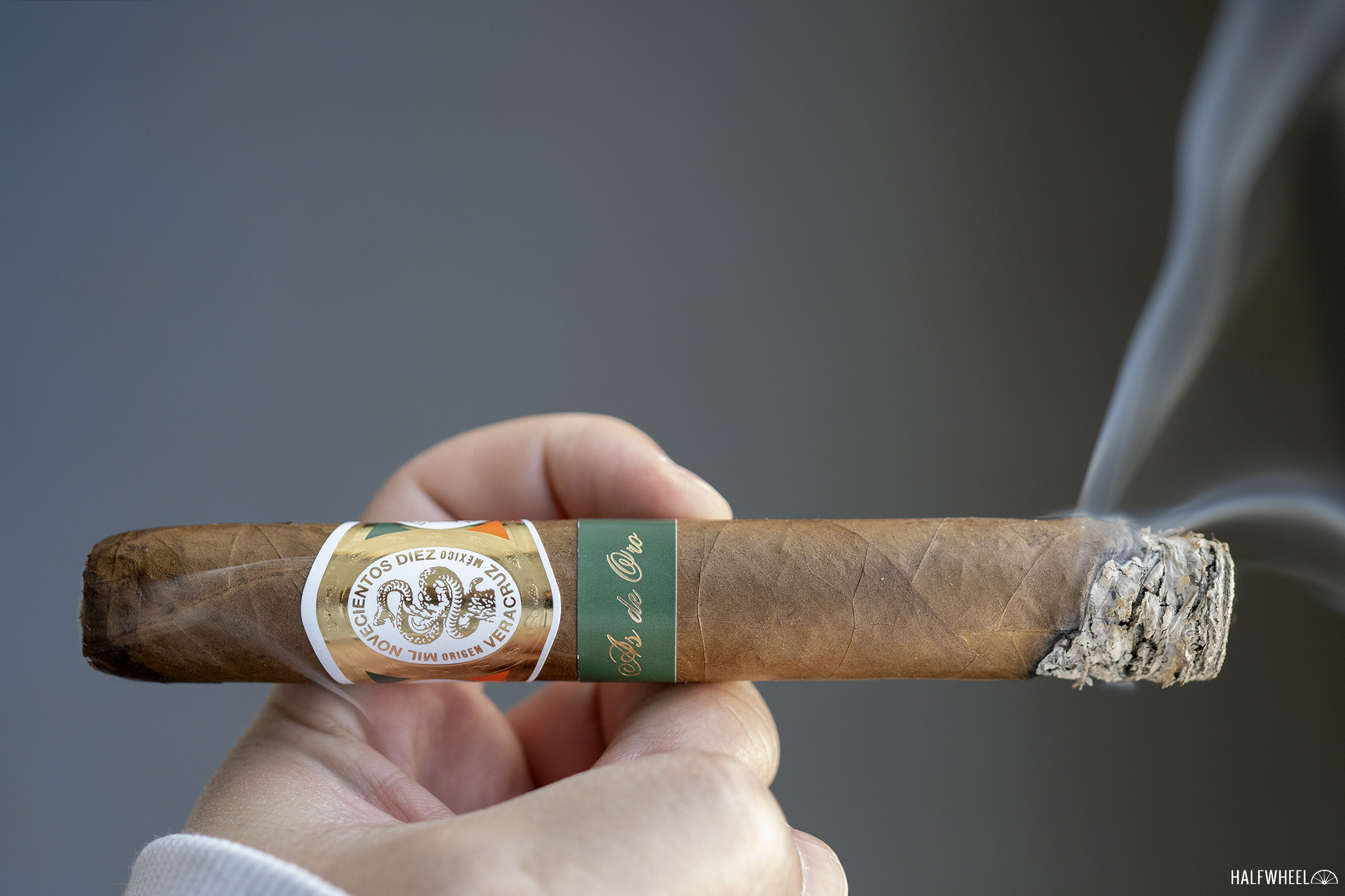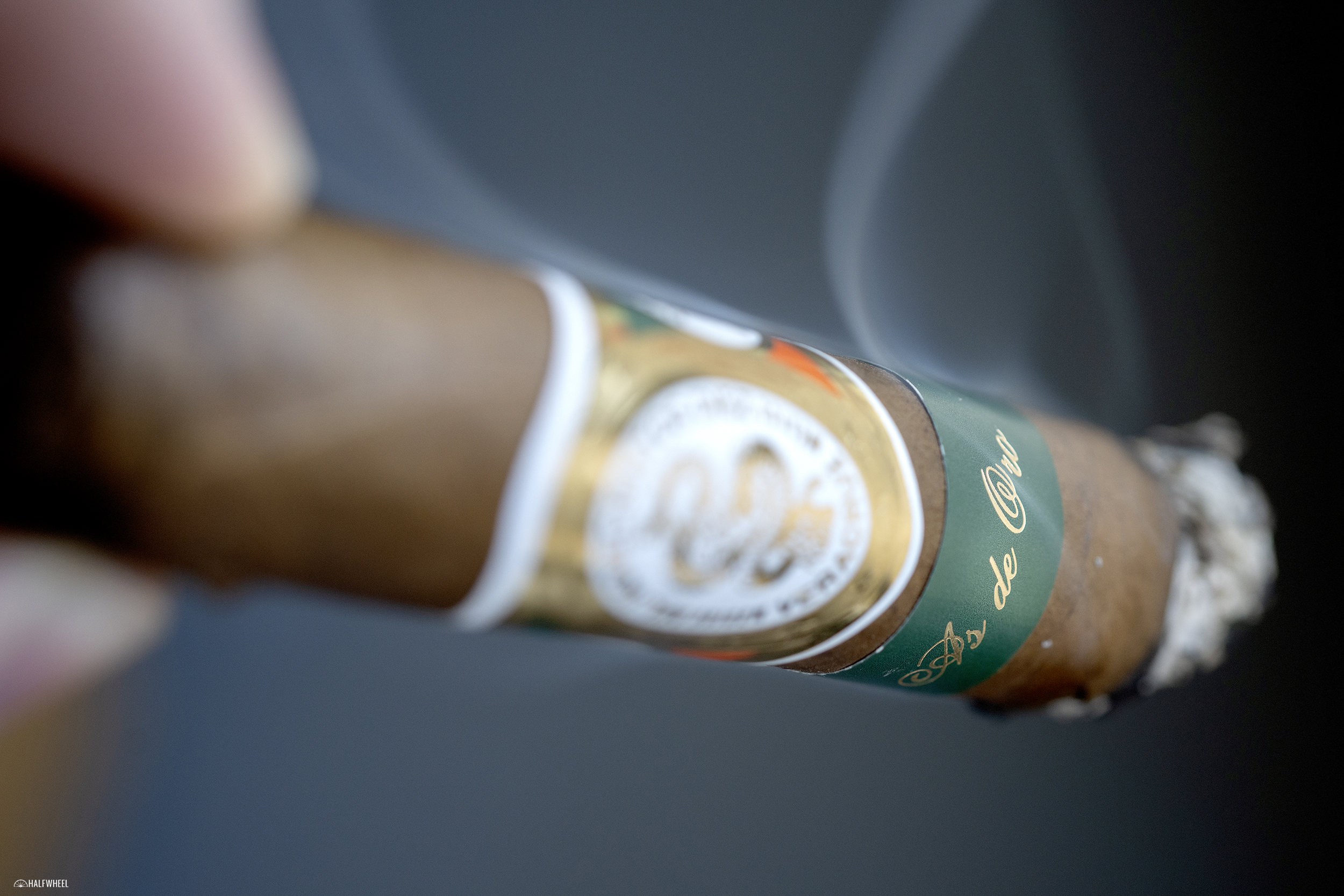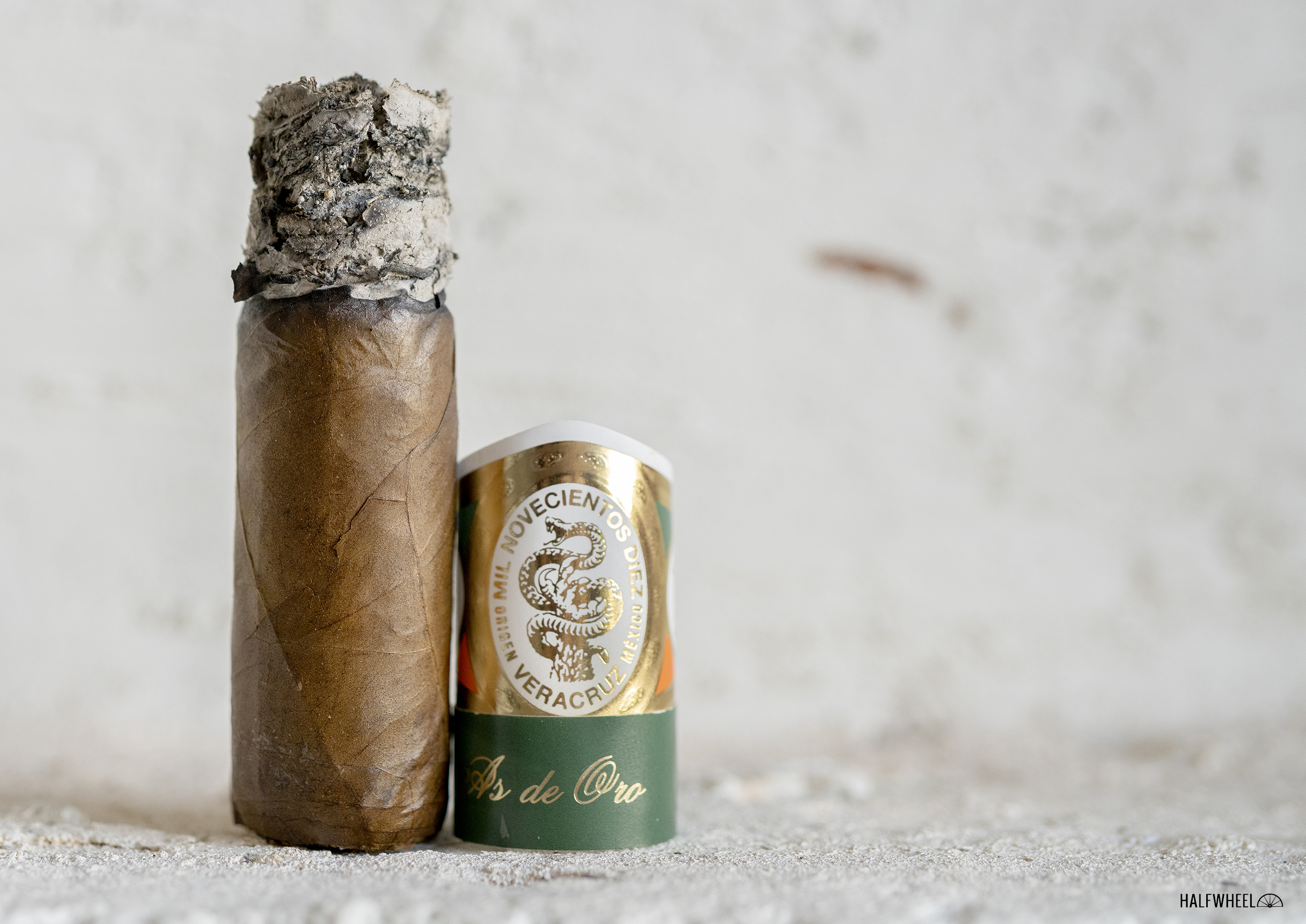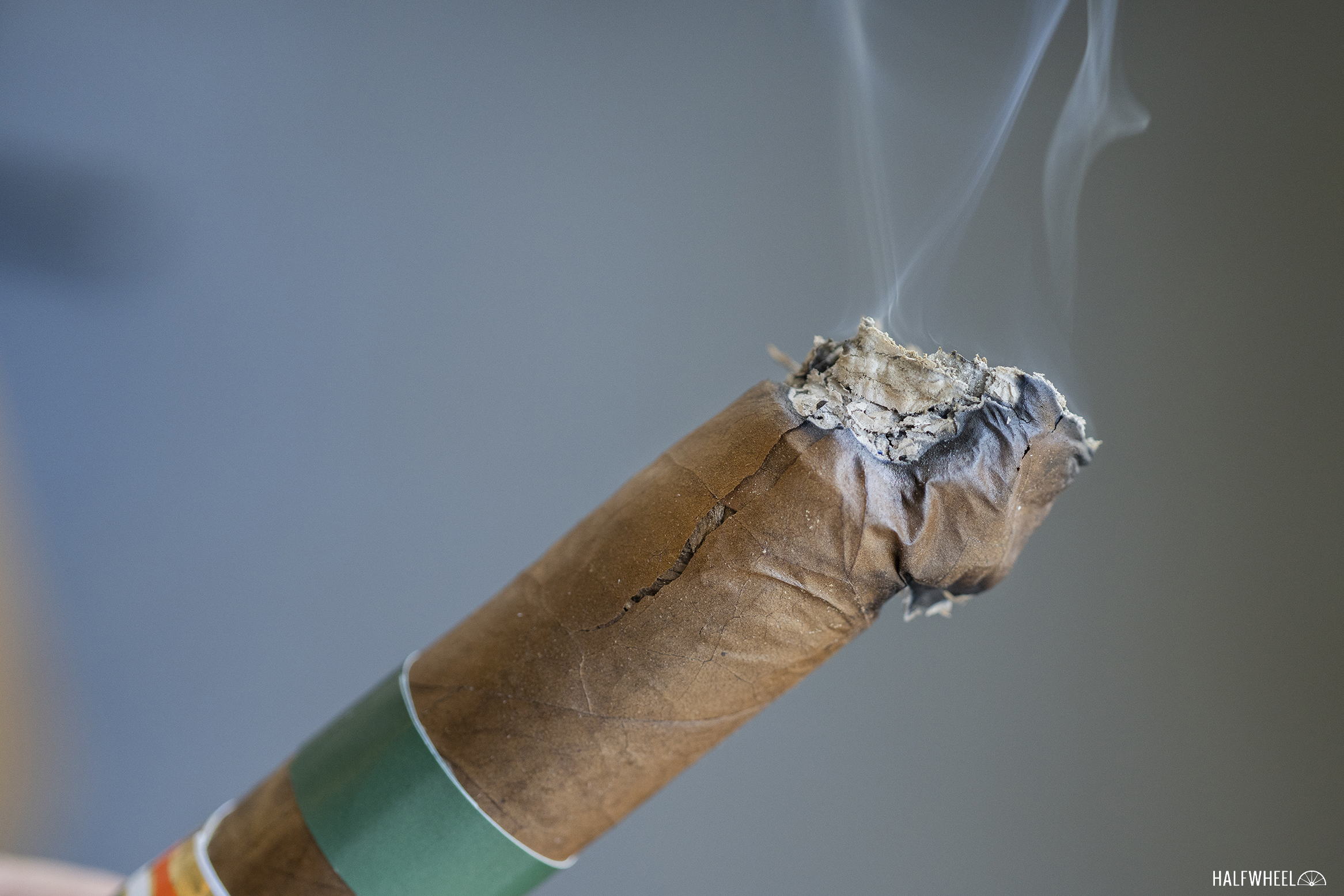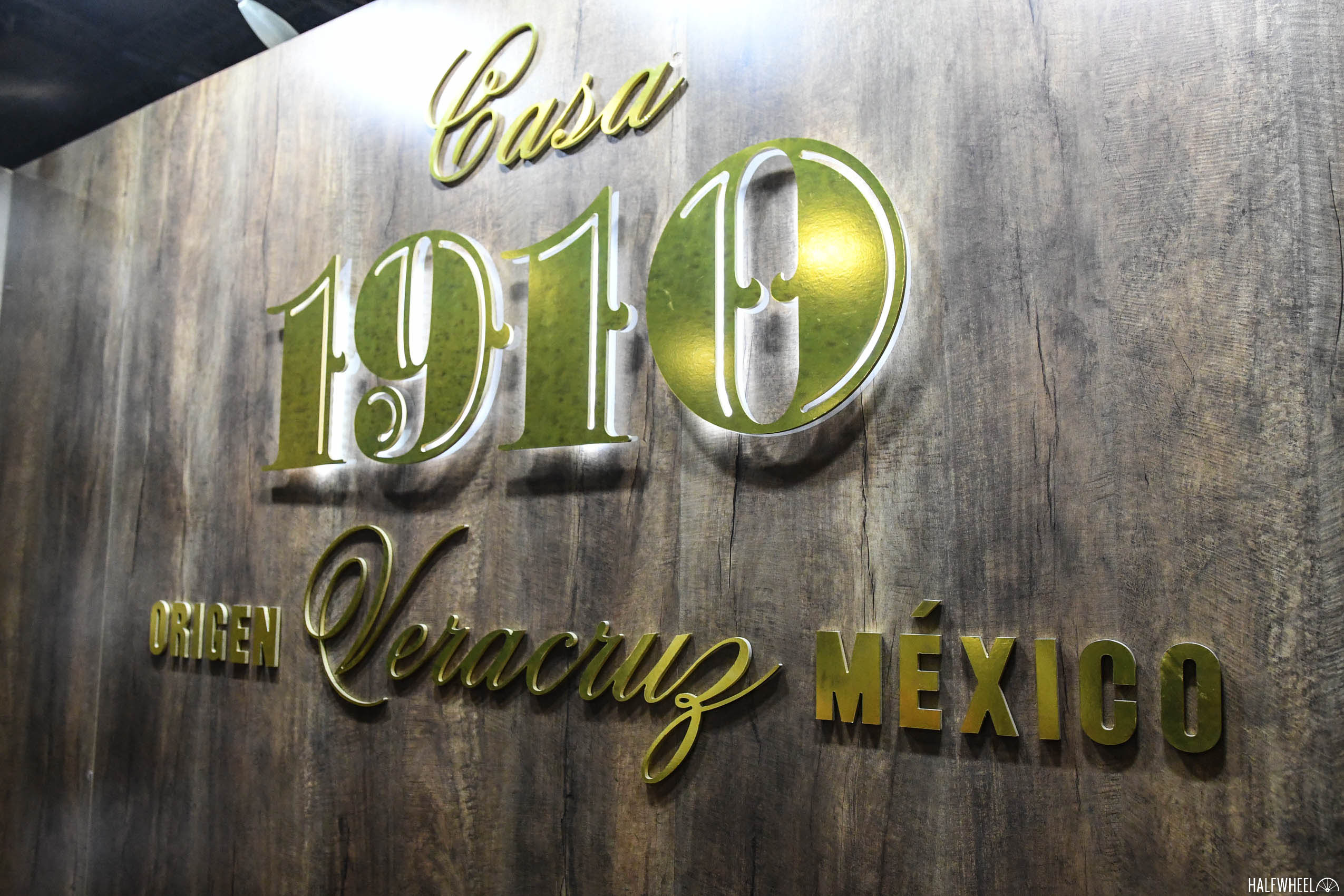When Casa 1910 entered the cigar market in late 2021, it did so with a single cigar and a self-defined mission of changing the way people think of Mexican cigars, specifically, trying to get consumers to think of Mexico as a place that could make more luxury cigars.
For its sophomore year, the company is doubling its Mexico-made offerings from one to two but is also venturing to Nicaragua for its newest line, the Cavalry Edition. There are three different cigars, though somewhat confusingly, two different blends as part of the Calvary Edition. One cigar—the 6 x 60 Jilguero—uses a Mexican San Andrés wrapper over a blend of Nicaraguan tobaccos, where as the other two cigars use tobaccos from three countries. That includes a habano wrapper from Ecuador, a Mexican San Andrés binder and fillers from Estelí, Jalapa and Ometepe, Nicaragua. Both sizes for that blend measure 6 x 54, though one is a torpedo and the other is a toro extra.
- Casa 1910 Lucero (6 x 54) — $17.49 (Box of 10, $174.90)
- Casa 1910 As de Oro (6 x 54) — $16.89 (Box of 10, $168.90)
Fortunately, all three cigars are pretty easy to tell apart as the secondary bands on each cigar have the name of which one it is. The names of each of these cigars are references to famous horses, hence the Calvary Edition, and in this case As de Oro was owned by Emiliano Zapata, a leader in the Mexican Revolution.
While the company discloses which country each cigar comes from, it does not disclose which factory is making these cigars.
- Cigar Reviewed: Casa 1910 Cavalry Edition As de Oro
- Country of Origin: Nicaragua
- Factory: Undisclosed
- Wrapper: Ecuador (Habano)
- Binder: Mexico (San Andrés)
- Filler: Nicaragua (Estelí Ligero, Jalapa Seco and Viso, & Ometepe Viso)
- Length: 6 Inches
- Ring Gauge: 54
- Vitola: Toro Extra
- MSRP: $16.89 (Box of 10, $168.90)
- Release Date: September 2022
- Number of Cigars Released: Regular Production
- Number of Cigars Smoked For Review: 3
Two of the Casa 1910 As de Oros begin with a false start of sorts. I see visible signs of cracking through the cellophane, more on that below. The wrapper is a very uniform color that looks a tad bit lighter than Hershey’s milk chocolate. There are very few veins and what little are present aren’t all that visible. There’s a very peculiar sweetness that I smell from an aroma that reminds me a bit of plum but also has a characteristic that reminds me a bit of new carpeting. I can’t really place it at all and each sniff seems to produce a different result. Whatever the case, it’s a medium-plus aroma and that’s basically the only sensation I can smell. From the foot, I smell honey, some softer woods, a hard pretzel-like aroma and some subtle coffee bean scents; it’s medium-full and very intertwined. Upon cutting, one of the non-cracked cigars immediately cracks, which is not something I typically find with the Fox 749 Cutter I’ve been using for nearly two years. Despite my concerns about how tightly packed the cigars are, the cold draw is fine on two of the cigars. The cold draws are tight but not as bad as I expected. Flavor-wise, I taste sweet cedar and nuttiness over some orange flavors, white pepper and raisin.
Once lit, the As de Oro starts with an obvious concern: the draw is predictably tight and much tighter than the cold draw. Flavor-wise, I find an enjoyable mixture of damp nuttiness and cedar over lemon, white pepper and earthiness. While I’m able to get some smoke on every puff, it’s not a consistent amount. Even at its best, it is not the amount of smoke I’d like to get from a cigar. Flavor-wise, there’s a smooth mixture of nuttiness and earthiness over leather, white rice, popcorn and a subtle harshness on the middle of the tongue. The finish has lots of woodiness—which is generally more cedar-dominant than other varietals—over creaminess, leather and plain crackers. Retrohales have peanuts, some unsweet floral flavors, a meatiness that reminds me of hot dogs and some white pepper. The finish is spicier than the retrohale thanks to white and red pepper, which sit over some pita bread and woodiness. Flavor is medium-full, body is full and strength is medium. While the flavor is generally good, the construction is problematic. The draw is very tight, which makes retrohales a bit tougher to enjoy thanks to a lack of smoke. The smoking rate is incredibly slow, taking more than an hour and 15 minutes to finish the first third.
One other area where the draw is impacting my smoking experience is that I find it difficult to really pick up the separation in flavors. Everything is extremely intertwined and as the cigar progresses, seemingly get only more intertwined. This makes it difficult for me to really pick up much in the way of transitions, though that could be the result of the tobaccos themselves. Nuttiness and earthiness still lead the profile though creaminess, mustard powder and dark chocolate join the fray, mixing with the cedar, leather and white pepper from before. Sometimes, I can’t tell any difference between the flavor when the smoke is in my mouth and the finish 20 seconds later, other times I find weird sensations like a rubber-like flavor, some dry herbal flavors and a mild bit of saltiness. The most common theme is that the finish is creamier than before. Retrohales are decidedly different thanks to lots of red and black pepper, joining earthiness, citrus, creaminess and a damp earth. The finish is either a mixture of creaminess and nuttiness or blasts of pepper including black pepper in the nose and red pepper on the tongue. Flavor is full, body is medium-full and strength is medium. The draw is slightly improving, but it’s still not good. Smoke production has not improved and touch-ups are needed on each cigar.
After nearly three hours, I’ve made it into the final third. Thanks to some cracking of the wrapper, the physical cylinder loosens up as the cigar burns and eventually improves the draw. I’m able to get more smoke production, though the Casa 1910 As de Oro is still delivering smoke volume that is well below what I would consider an acceptable amount. Nuttiness and earthiness still lead, but there’s an added harshness that is different from the pepper flavors from before. The finish has nuttiness, peppermint, black pepper and some more of that generic harshness. Retrohales have nuttiness, a flavor that reminds me of the smell of a pile of fall leaves, a roux-like creaminess, wheat and a generic harshness, the latter of which really coats my tongue. The finish has dry floral flavors and earthiness before dry herbs and white pepper join the combination. Flavor is medium-full, body is medium-full and strength is medium-plus.
Final Notes
- Casa 1910 has certainly made a splash at cigar trade shows and within the industry. Its bright orange packaging, thoughtful branding and use of mariachi bands and tequila tastings are better than how most new cigar companies enter the business. That said, I’m not sure how much of that will translate on a retail shelf.
- Each of the three cigars that are part of the Cavalry Edition are designed to pair with a beverage. In the case of the As de Oro, it’s a Nicaraguan rum though the exact rum has not been mentioned to my knowledge.
- We purchased four of the As de Oros. Two arrived with cracks that were visible through the cellophane, another cracked immediately upon cutting and one managed to avoid any visible damage until the main band was removed. These cigars were purchased from a retailer that we purchase many cigars from—this retailer probably gets the second most business from halfwheel—and were packed well. To my knowledge, the cigars weren’t dropped on the ground or anything else that would explain this issue.
- I am not sure what the issue is, but I think there are two potential culprits. First, the cigars felt about as firm as any cigar I’ve handled lately. I was surprised by the density of the cigars and there were clearly draw issues as well. Second, the wrapper feels on the thinner side, which can’t help the situation.
- Not only was the tight draw annoying because it made smoking more difficult, it also contributed to a cigar that took more than three hours to smoke less than five inches of cigar.
- Furthermore, I felt mildly ill after one cigar in particular. The feeling was somewhat similar to the nausea of nicotine sickness, but exclusively affecting my head and not at all affecting my stomach. A bit of sugar, water and lying down resolved it within a half hour, but it’s not my favorite feeling. This is something that happens probably a quarter of the time I find myself smoking a cigar with a very tight draw. I’m not sure what the cause is; perhaps the way the tobacco ignites itself causes this. if anyone has any idea about why this happens, I’m curious.
- That said, no puff seemed all that strong. I don’t think the blend is that strong, so I am 99 percent sure it was related to the draw. I only had these issues with one cigar.
- On a different cigar, the one that cracked upon cutting, more cracks developed on the other side of the cigar—the lit end—and eventually an island of tobacco formed largely because of how the cracks have developed on that end of the cigar. Removing the band on one of the already-cracked samples also caused more wrapper tearing.
- One cigar had a much better draw, but even then, it was still too tight and it didn’t seem to make that much difference in terms of the amount of smoke I was getting.
- Final smoking time took between three hours and three hours and 20 minutes.
As I’ve written way too many times this year, construction issues make reviews like this difficult because I’m not sure what I was supposed to taste. Flavor-wise, I think Casa 1910 might very well be onto something. What I tasted was generally enjoyable and there were a decent number of different flavors throughout. At times, the flavors were extremely intertwined and trying to find differences during the first half of the cigar was challenging, but that’s really beside the point. Whether it’s an issue with how the tobaccos were placed in the bunch, the use of too many tobaccos or something else—the Casa 1910 Cavalry Edition As de Oros that I smoked were glaringly not up to the standard of a modern cigar. The tight draw destroyed whatever chance this cigar had for both enjoyment and the score of this cigar. Hopefully, Casa 1910 will identify what the issues are and get them fixed sooner rather than later.

